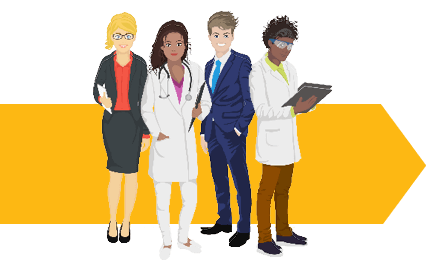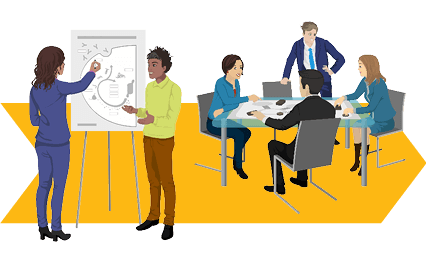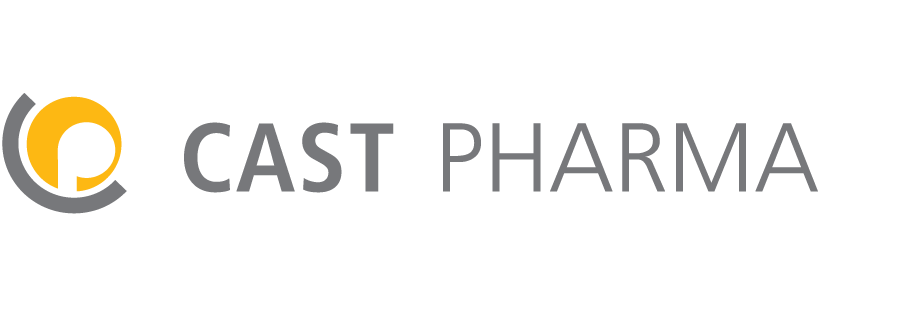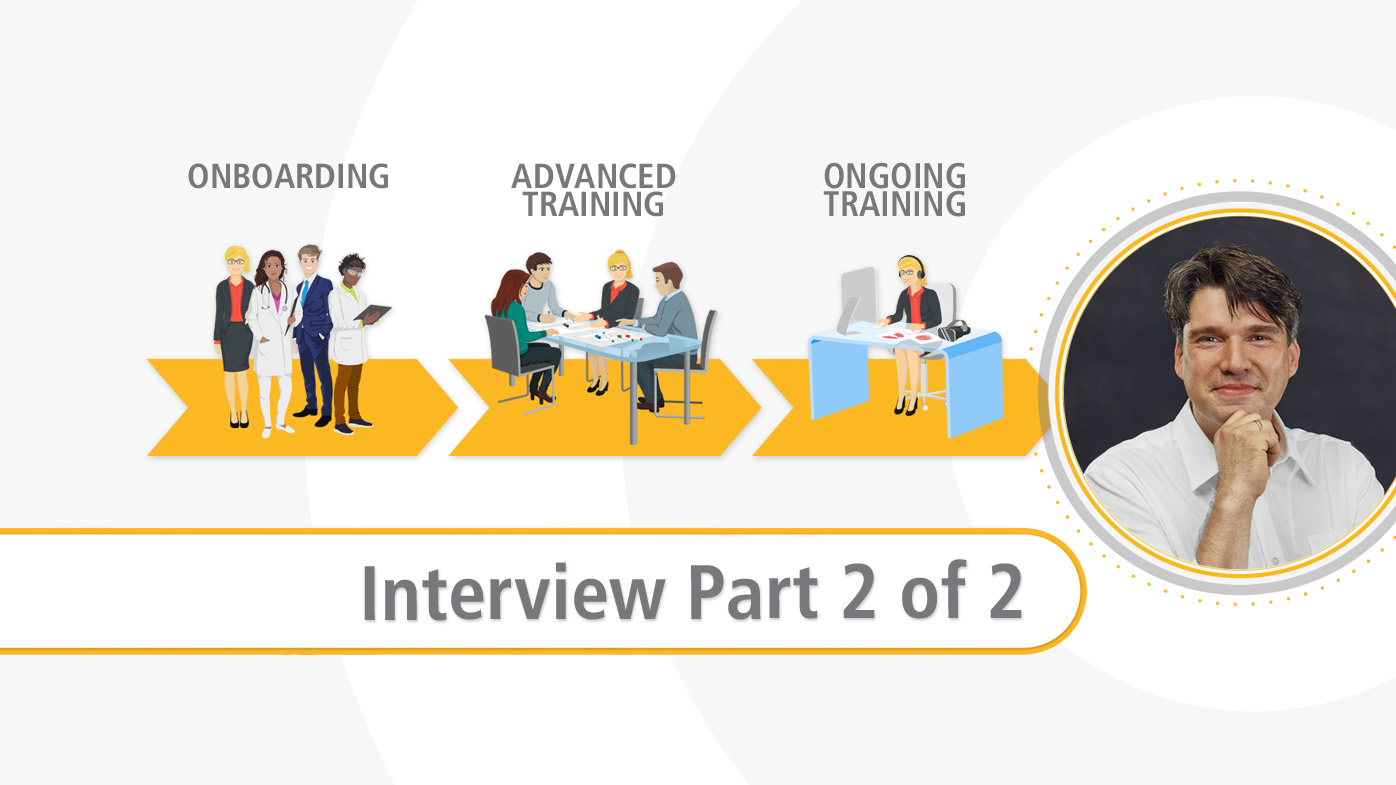How to create an effective learning and development program for medical affairs–part 2
An interview with Thomas Frei, executive creative director at CAST PHARMA
This is the second part of an interview with Thomas Frei, executive creative director of CAST PHARMA, offering insights into the learning and development (L&D) philosophy of CAST PHARMA.

Thomas Frei is the executive creative director and one of the two founders of CAST PHARMA. For more than 20 years, he has developed medical educational material from mechanism of action animation films to eLearning tools and has worked extensively on the principles of learning and the science of teaching.
Here you can find the first part of the interview. In this first part, Thomas Frei reports on the challenges associated with medical affairs L&D and how he and his team meet these challenges by implementing learning tools for medical affairs with a learner-centric approach. He introduces the phases of an efficient L&D program, which we will have a closer look at in this second part of the interview.
ONBOARDING

SELF-DIRECTED LEARNING
(ONLINE & OFFLINE)
ADVANCED TRAINING

IN-PERSON CLASSROOM TRAINING
(ON-SITE & TRAINING LOCATION)
ONGOING TRAINING

ONLINE & OFFLINE
TRAINING TOOLS
Question 1:
In the first part of the interview you said that self-directed learning is the best tool for the onboarding phase of an L&D program for medical affairs. Could you elaborate more on this topic?
The overall goal of L&D for medical affairs is that you bring new employees as fast as possible to the point where they can successfully perform on the job.
However, new employees in medical affairs are all different:
- learners have different levels of knowledge
- every learner interprets the content in his or her own way
- employees are hired at different times
- employees are often hired at different locations throughout the world
It would entail a huge organizational and cost-intensive effort to bring all these different new employees together in one room to teach them the basics. And due to the different levels of knowledge among the participants, some participants would be bored and others overwhelmed. What is needed instead for this first L&D phase is a tool which raises all new employees to the same level of knowledge as fast and as efficiently as possible. I think that self-directed learning tools such as interactive eLearnings or slide decks with a sleek design and a coherent story are perfect for this purpose. Learners can acquire knowledge at their own pace and skip topics they are already familiar with. And something that will make HR-departments happy: these tools enable an automatized and structured onboarding process, and learning progress can be easily monitored and tested.
The knowledge gained with these self-directed learning tools serve as a solid foundation for the advanced L&D phase.
Question 2:
Could you give us more insight into this second L&D phase for medical affairs? What challenges arise during this advanced phase?
There is one big challenge: even if you have a great, perfectly designed eLearning for onboarding, you cannot prevent learners from overlooking an important fact or misinterpreting a statement and forming a misconception. This is an absolutely normal part of the learning process, but you need to be aware of this.
In my experience, following the principles of blended learning is the most effective approach. Blended learning means choosing the best way to deliver content and skills to the learner in order to achieve a specific learning objective. In the advanced phase of the L&D program for medical affairs, we should clearly focus on activating passive knowledge and using it in situations that are close to the job. We at CAST PHARMA believe that a facilitated classroom training is the perfect tool to achieve this.
Benefits of facilitated classroom trainings:
- participants discuss most important topics in more detail to deepen their knowledge
- participants exchange interpretations of the facts with their peers and facilitators
- participants can close their knowledge gaps and eliminate misconceptions
- participants are motivated to think critically
- participants solve job-specific tasks in collaborative learning scenarios, thereby activating their passive knowledge
- participants have the chance to compare their knowledge and skills with peers
As you know, classroom trainings are often expensive in terms of travel, time away from work and facility costs. So the time when all learners are together should be optimally used: not for teaching the basics, but for discussions, critical thinking, interaction, and applying knowledge.
To get the most out of face-to-face time, self-directed or online learning tools should be considered to help participants prepare prior to taking part in a classroom training.
Question 3:
CAST PHARMA implements facilitated learnings for medical affairs called MasterClasses. What is unique about these MasterClasses?
Each MasterClass is composed of several activities, which form a one-to-three day collaborative learning event. During conception of a MasterClass, we set high priority on two points:
- Visuals – I think that’s the best way to capture very complex information. For our brain it is much easier to understand and memorize complex information when the content is presented as diagrams or infographics than when the content is presented as plain text and lists.
- Challenging tasks – In my opinion there is a big myth. Making a learning brain-friendly is often mistaken with making the learning as easy as possible for the learner. But if you bore the brain with memorizing soundbites and dull games that treat learners like children, there won’t be a sustainable learning effect.
don’t oversimplify,
but clarifyI am convinced that learning for medical affairs needs to be a real intellectual challenge. It is important that the learner has to make an effort when engaging in an activity. This is how the learner’s brain forms powerful and long-lasting memories that medical affairs can use actively in their daily work.
To sum up: our approach is don’t oversimplify, but clarify.

